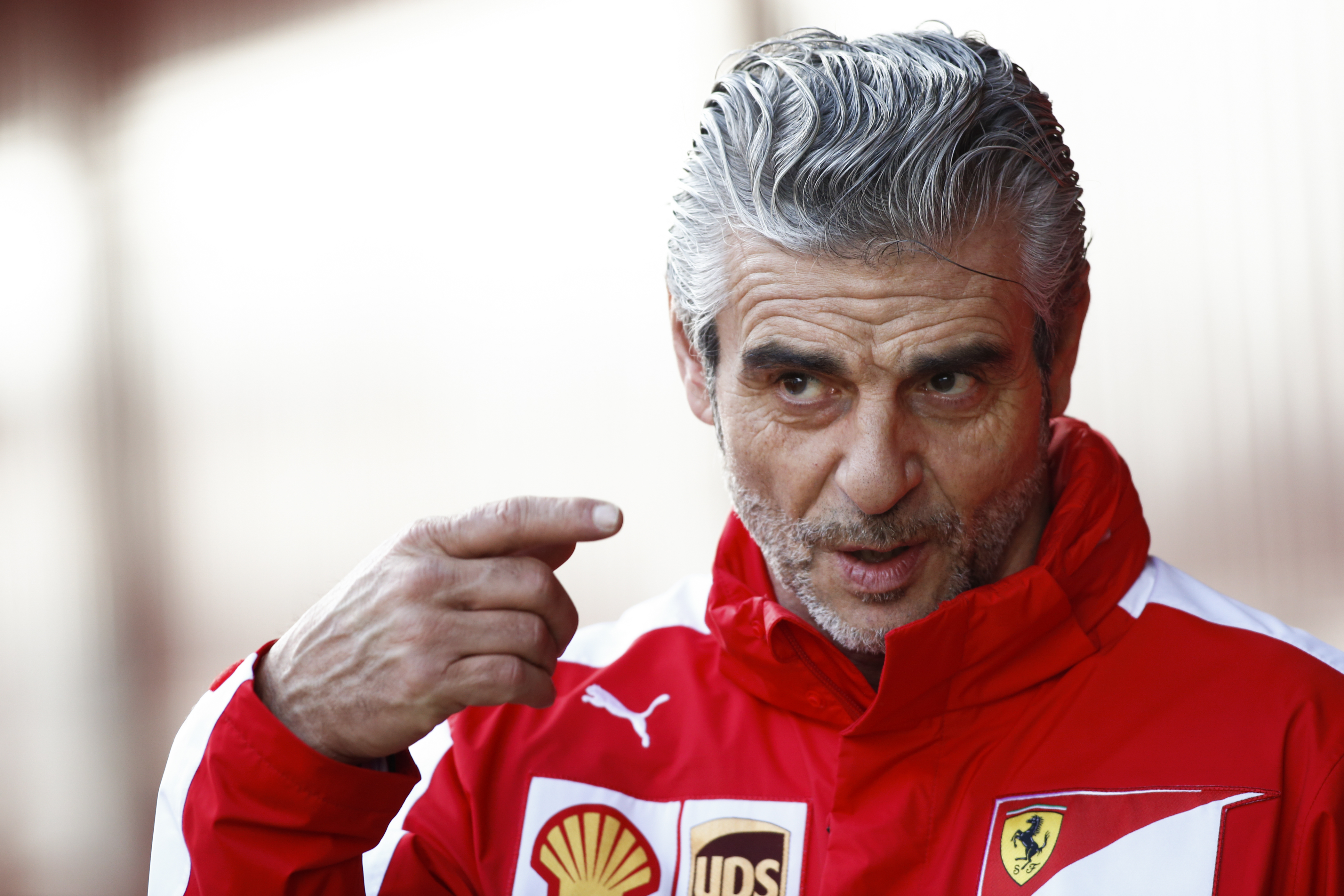

The race did go ahead (without Emerson Fittipaldi, who refused to participate), but would end in tragedy, with 5 spectators killed when Rolf Stommelen’s car went into the crowd after its rear wing failed while leading the race. Prior to the 1975 race there was trouble as GPDA were unhappy with the state of the barriers around the track, and a strike was threatened. Montjuic Park was one of those gloriously unsafe venues that provided a thrilling challenge but was simply not safe for Formula One. Montjuic Park was a wonderfully fast 3.79 km track that would stage the race every two years between 1969 (with Jackie Stewart winning in a Matra) and 1975. The Spanish Grand Prix would then alternate between Jarama and a circuit in Barcelona, Montjuic Park, another street race but this time set in the hills above Barcelona. A non-championship Grand Prix was staged in there in 1967 (won by Jim Clark in a Lotus) before Jarama would hold a round of the world championship in 1968 (which Graham Hill would win for Lotus). The next venue to take over the reins of the Spanish Grand Prix was the Circuit del Jarama, a tight 3.4 km track north of Madrid. Another F1 race would be staged at Pedralbes in 1954, but after the Le Mans disaster of 1955 a greater focus on spectator safety would see the demise of the street race, and the Spanish Grand Prix would disappear until 1967.
#F1 2017 catalunya manual#
The Spanish Grand Prix of 1951 was the final round of the season, and saw Juan Manual Fangio seal the first of his five world drivers’ championship in style with a victory for Alfa Romeo. The race was held on what was known as the Pedralbes circuit, a fast 6.3 km section of roads which had held a non-championship round in the inaugural season of the Formula One championship under the banner of the Penya Rhin Grand Prix. The Spanish Grand Prix would be staged here from 1926-1929, and again from 1933-1935.Īfter the war the Spanish Grand Prix returned in 1951, its first appearance on the modern Formula One calendar, finding a new home on the streets of Barcelona. The next track to take on the mantle of the Spanish Grand Prix was the 17.7 km long Circuito Lasarte that was already used for the San Sebastian Grand Prix. The oval would stage the Spanish Grand Prix in in 1923, but unfortunately the track was in financial problems from the get go, and would not stage another international race as a result.


 0 kommentar(er)
0 kommentar(er)
